
Shop All Products
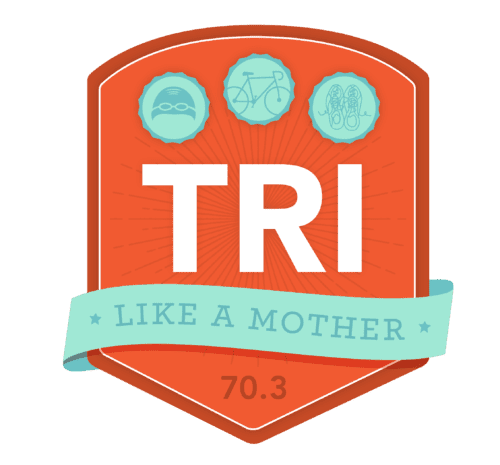
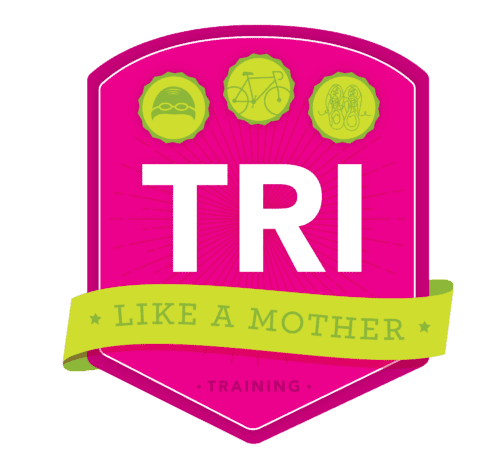
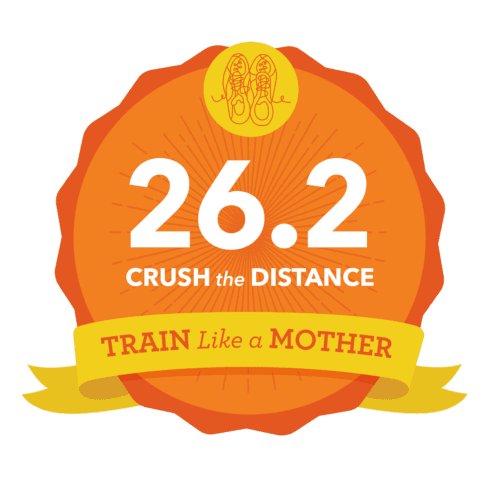
Crush the Distance, a marathon training program, isn't for the faint at heart; some days, you will definitely need to dig deep and shovel in some badass #motherrunner grit to get it done. When you do, you will be rewarded on race day with legs that are super-strong and able to tackle the distance with a vigor that surprises you.
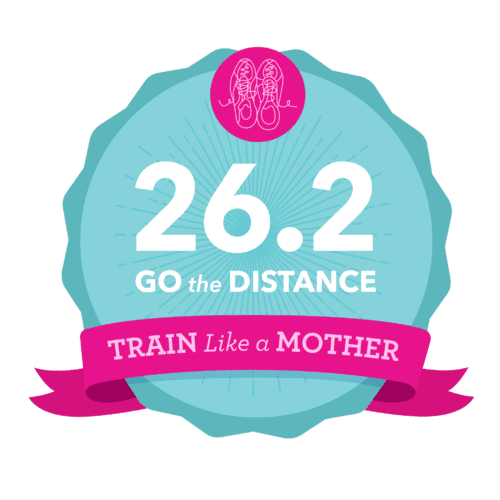


The Train Like a Mother 10K Run, a 12-week plan, is best for someone tackling a 10K (6.2 miles) for the first time, coming back from injury or pregnancy, or wanting to run a strong effort on 10K race day and cross the finish line with a smile on her face.
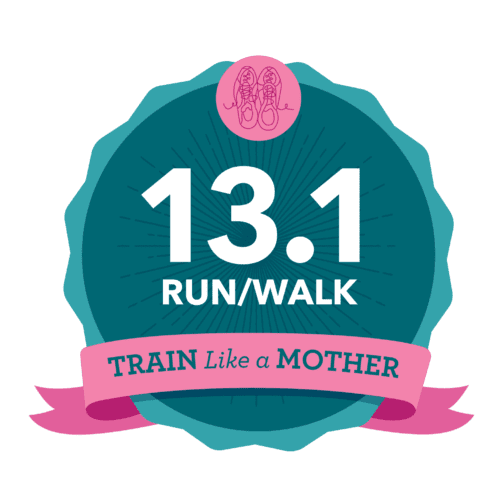
This run/walk half marathon program is ideal for a range of athletes: walkers looking to morph into runners; running neophytes testing their wings at a half marathon; mothers who get injured more than six-year-olds whine; and anyone who prefers to mix running and walking when they’re on the road. The weekday runs are based on minutes, not miles, while the weekend long run is calculated in miles.
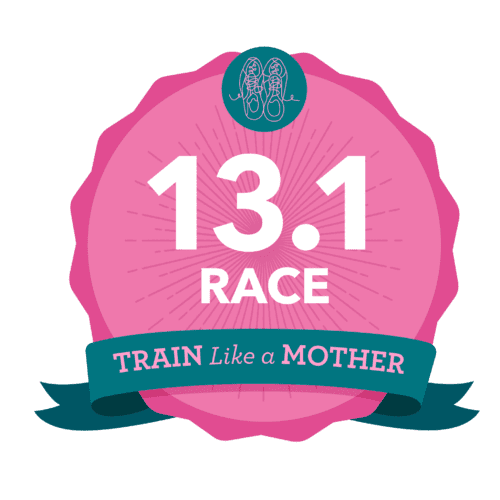
13.1: Race, a half marathon training program, develops speed as it builds endurance; as such, it’s best suited for intermediate to advanced runners committed to blazing a path to a personal record. With its varied workouts, there’s little risk of burnout in either your body or mind. A swift half marathon calls for a yin-yang of patience and aggression, both of which you’ll hone over the next 3+ months, setting you up to bust an impressive move on race day.
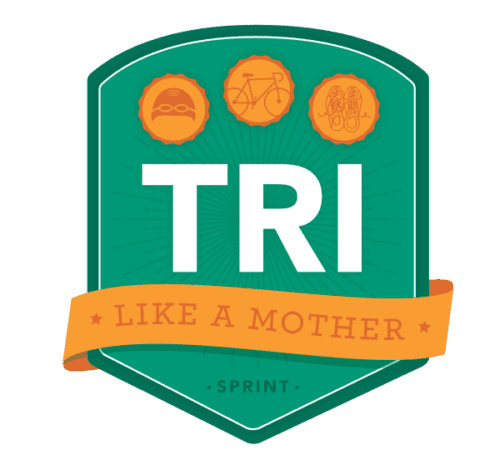

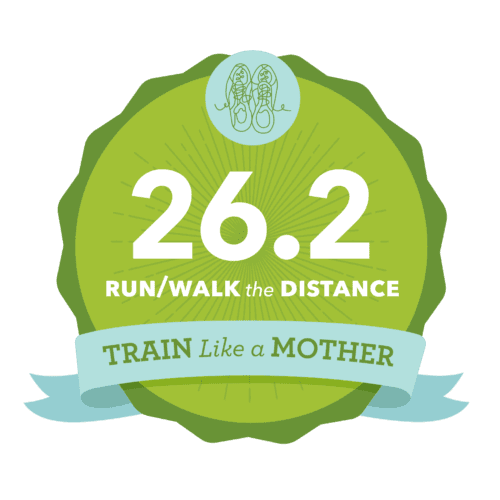
The 26.2: Run/Walk the Distance program is designed for those looking to complete a marathon with no time goals in mind: it could be your first go at the distance, you might be returning from having a baby, or you want a kinder, gentler way to tackle 26.2.
You’ll be training with incrementally longer running to walking intervals; you’ll start at 4:1 run/walk intervals, and build to 15:2 by race day, long enough to slow down at the aid station and fuel up and then hit the ground running again. We’re going to keep the paces easy on this one, but we’re going to make sure you get in the mileage you need for a marathon. Each week will also include one long walk, which is factored into the weekly totals, so keep that in mind when you see the big numbers. You'll definitely get that same high crossing the finish line as your running sisters taking on more aggressive plans.

The 5K: Run Program is designed to train you to run a 5K race (3.1 miles of awesome!). You’ll build endurance and stamina with long runs; build strength with heart-pumping circuits and challenging, fun workouts (no, that’s not an oxymoron); and increase your speed with intervals and hill workouts.
The 5K is the most welcoming and accessible running distance. Don’t let the shorter distance fool you, though: Running (and racing) a 5K can be crazy rewarding and just wee bit taxing. The good news? Training for a 5K can be as fulfilling as training for a longer race, but with less of a time commitment on your part.

The focus of this 8-week program is to polish your speed, strength, and endurance so you can, if conditions allow, PR a 5K. You’ll increase endurance and stamina with long runs; strength with heart-pumping circuits and fun workouts; and speed with intervals and hill workouts.
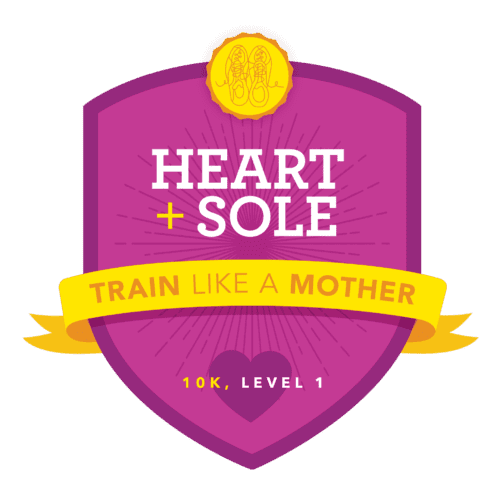
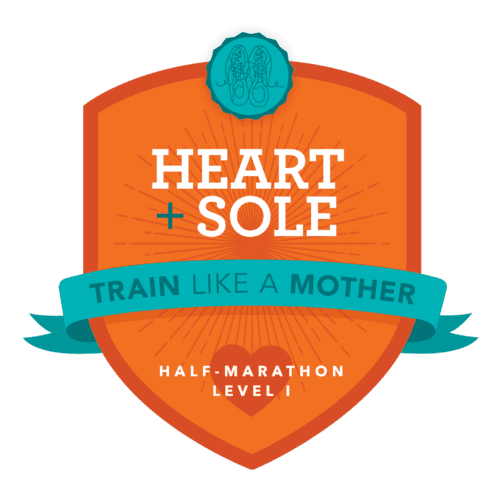
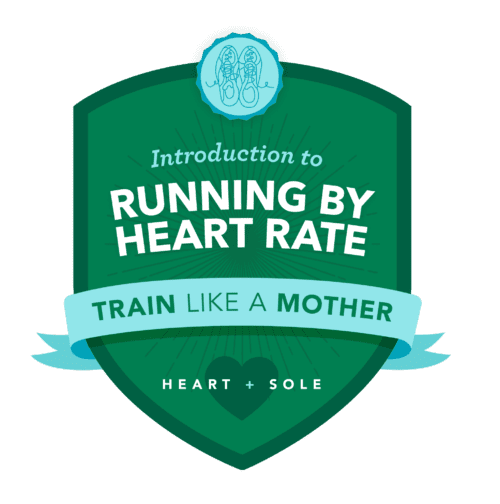
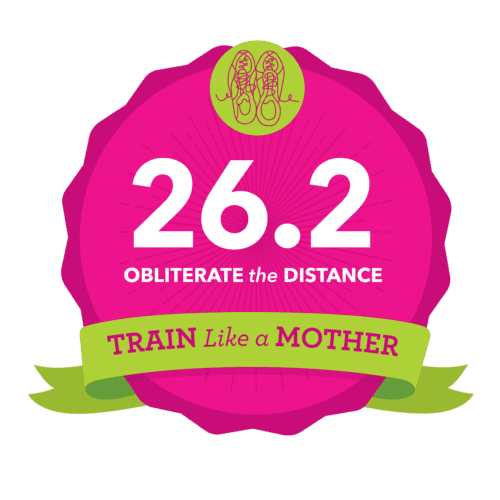
Point blank: 26.2: Obliterate the Distance is our toughest traditional running plan, and you should be well-trained and injury free to even consider it. It’s going to take some deep digging and dedication, not to mention a big investment in time.
We want you to have at least three marathons under your belt and a good base in those legs (read: at least five years of running). That said, if you’re after a BQ or a PR, this plan is your best shot. You’re going to come out of this program stronger than ever and ready to take things to the next level. You’ll run hills and mile repeats, hang in during tempo sessions, and spend plenty of time at race pace. You’ll also hammer out eight runs that are 15 miles or longer, but there are two cutback weeks woven into the first 15 weeks before you taper.
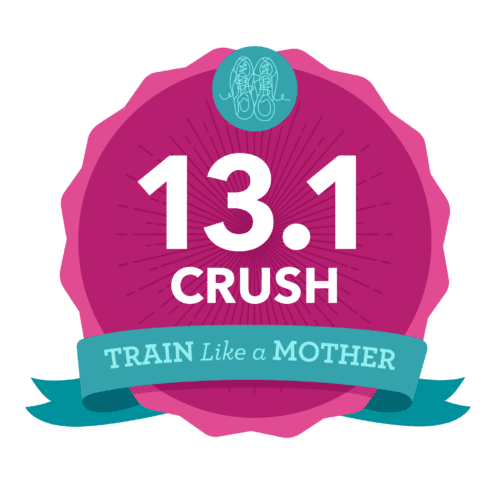
What constitutes being ready to CRUSH? Glad you asked. You can currently run at least eight miles and have been injury-free for at least six months. You also need to be able to devote enough time to running and strength training and foam rolling, so if you’ve got another life event happening— a move, a new job, a relationship status change—this might not be the optimal time to CRUSH.
All that said, if you’re up for it and you follow the plan, you’re going to be thrilled with how strong and accomplished you feel on race day.
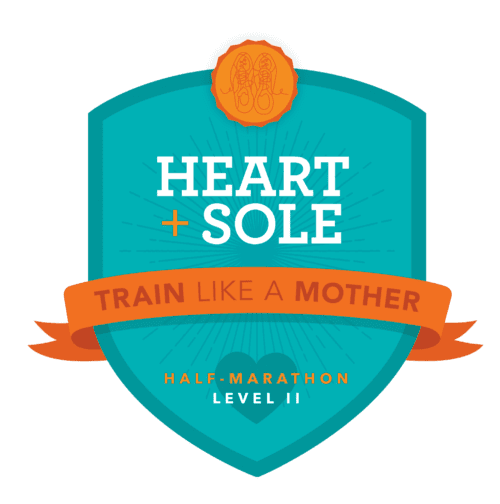

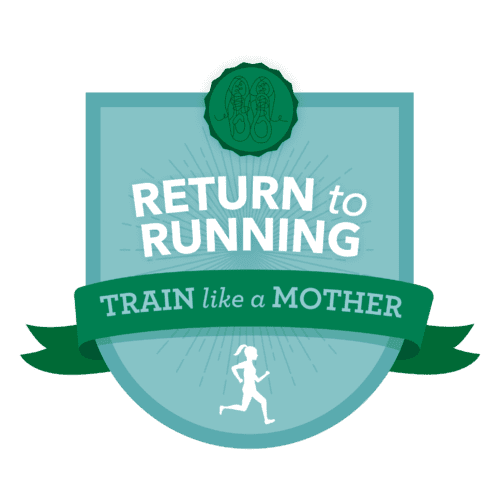
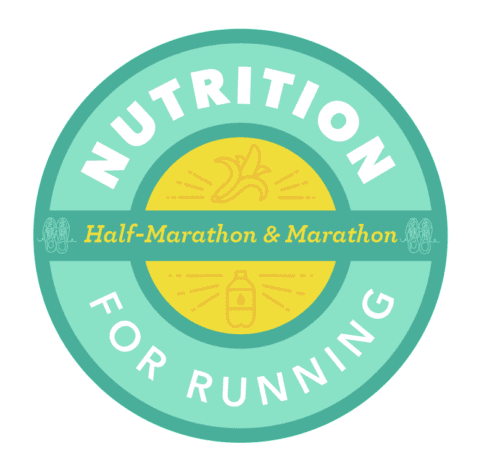
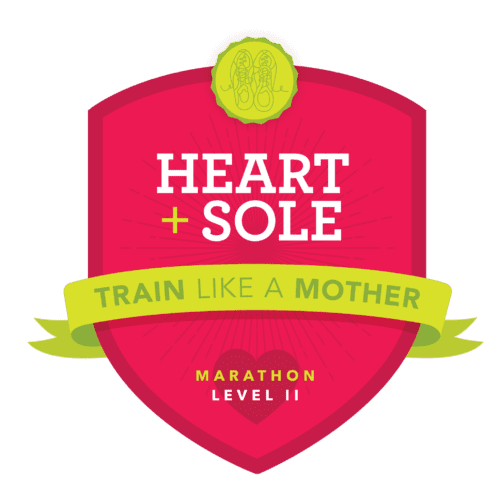
In Heart + Sole: Marathon, Level 2, you’ll continue to train by heart rate, using your individual zones, calculated by regular testing, to moderate your effort appropriately. You’ll spend a couple of runs weekly in the lower zones, building your endurance base; you’ll also spend some time climbing hills, finding different gears with pick-ups and intervals, and practicing your race pace so that you’re ready to thrive on race day.
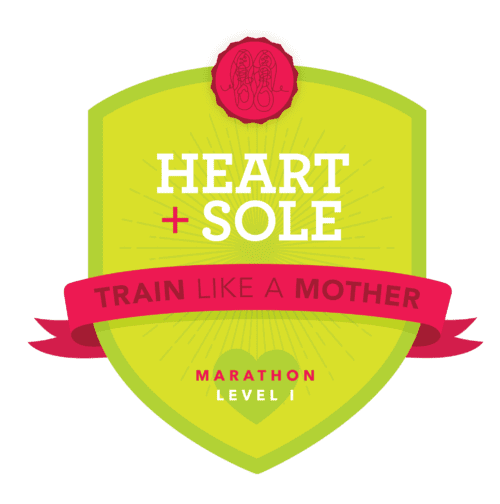
Heart + Sole: Marathon, Level 1 is a 20-week program suitable for all runners wanting to take on the motherlode of all races: the marathon. You’ll learn—or continue—to train by heart rate, using your individual zones, calculated by regular testing, to moderate your effort appropriately. You’ll spend plenty of time in the lower zones, building your endurance base; you’ll also spend some time climbing hills, finding different gears with pick-ups and intervals, and practicing your race pace so that you’re ready to thrive on race day.
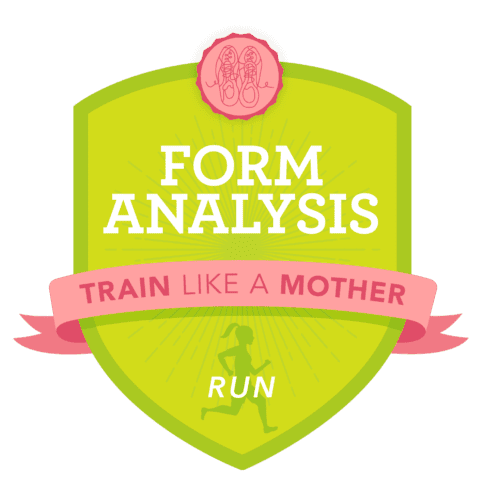
A second set of eyes is always a good thing. whether you’re polishing up a work project or wondering if your living room should actually be painted orange.
Your running form is no exception. In fact, except for race pictures, you rarely see yourself running. While you can feel balanced and strong on the run, your body’s subtle movements, which a seasoned coach can see, may be telling a different story. If your right hip drops with every step, or your posture is too upright, or your arms are spaghetti-like, you may be setting yourself up for an inefficient run (at best) or a serious injury (at worst).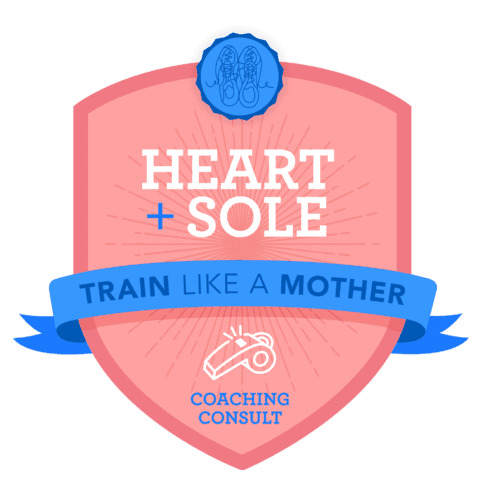
Maybe you’re a newer runner, and want to plot out your upcoming year of races with an experienced coach.
Maybe you’ve had a disappointing race, and you need to talk through it—and get psyched for another training cycle. Maybe you’ve had a string of injuries, and are finally ready for an in-depth conversation about how to break the cycle. Maybe you’ve got your eye on a Boston-qualifying time, and need to know how to nab that sucker. Maybe you’re thinking of transitioning from runner to triathlete—or vice versa—and want help and want help laying out the steps (and strokes!) you’ll take. If you’re in one of these—or countless other what-do-I-do now—scenarios, a Coaching Consult is the perfect next step for you.

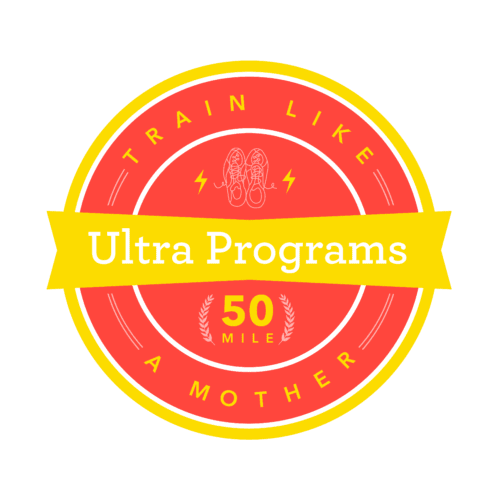
This 22-week 50 Mile program is designed for beginner to intermediate runners who have their sights set on a 50 Mile race, likely on trails. There are five to six weekly runs and two weekly strength circuits that build a strong, capable body + mind so you can go the distance, feeling solid and happy, on race day.
If you don’t meet them but are drooling at the thought of a 50 Miler, please email us at tlamclub@anothermotherrunner.com and we’ll chat.
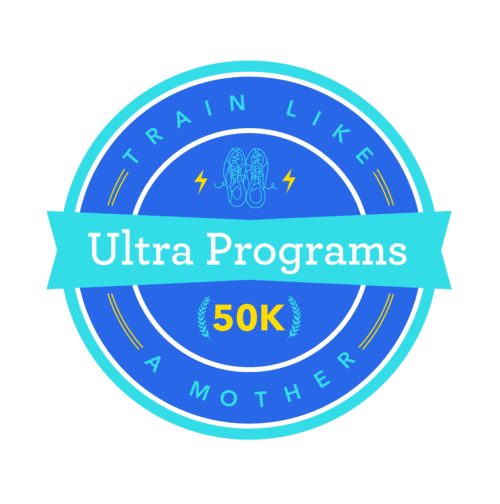
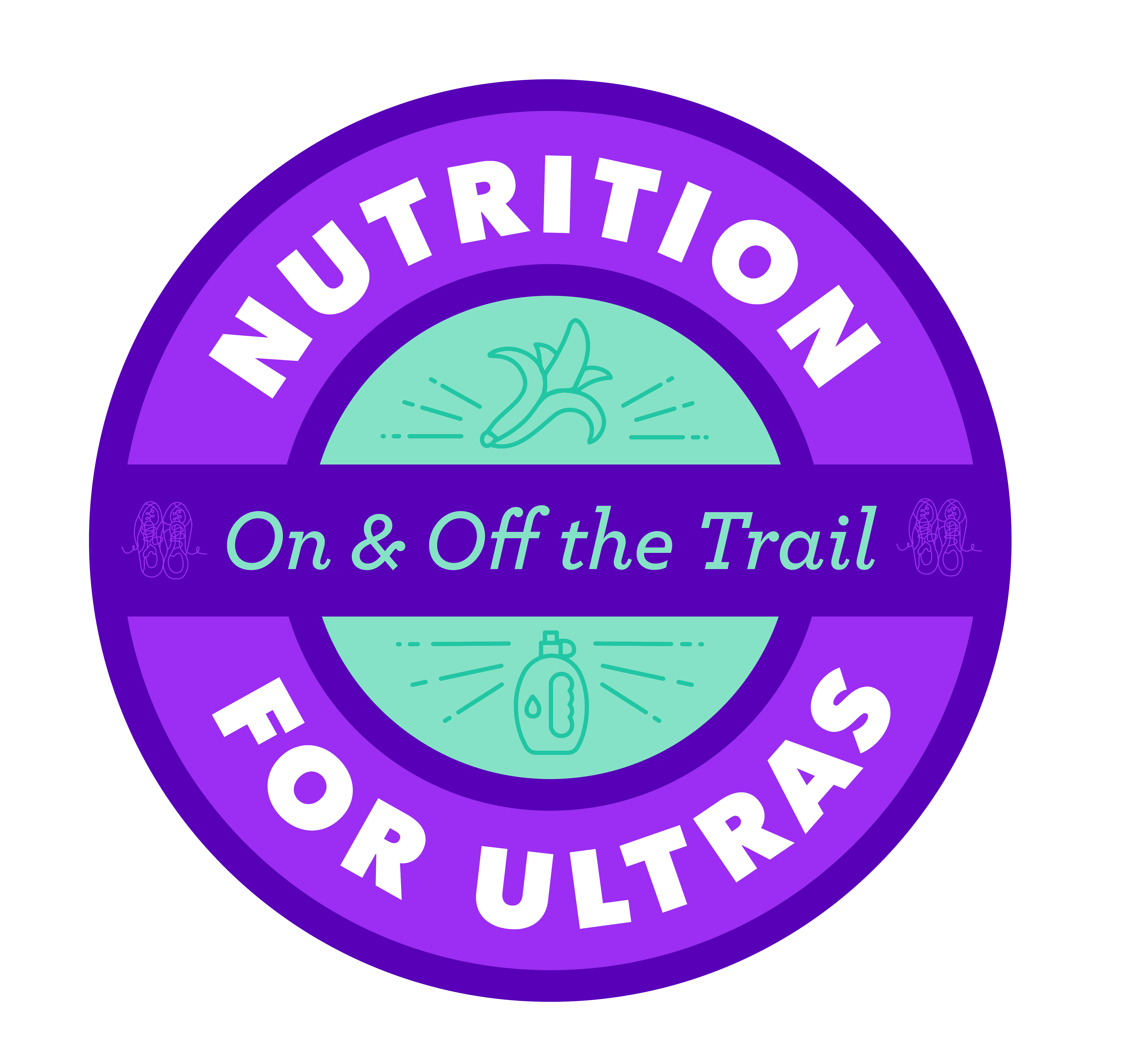
You’ve been faithfully following the training program: putting in the miles and doing the strength circuits. You’re going to bed before 10 pm, you’ve eliminated your nightly glass of wine, and you’re even foam rolling as you watch Queer Eye on Netflix.
You’re doing everything right, so why do you lose steam during your long runs—and sometimes even your shorter ones? Chances are, it’s your nutrition. You’re not properly fueling before and after, and most importantly, during your runs. And when you don’t eat for running performance and endurance, your GI tract might revolt. Your legs might feel heavy. You might get a killer headache or you might feel nauseous. Or the running-sucks-or-maybe-I-just-suck track might play on repeat in your head. Or you simply might incrementally peter out, like a car whose gas gauge inches towards E.




The 5K is the most welcoming and accessible training cycle and race; the training program and race distance is perfect for those running for the first time or returning after some time off. As you train for your 5K, you will improve your cardiovascular fitness and overall strength with cross-training and other workouts that include hills (promise, they’re more fun than they sound!) and speedier sessions.